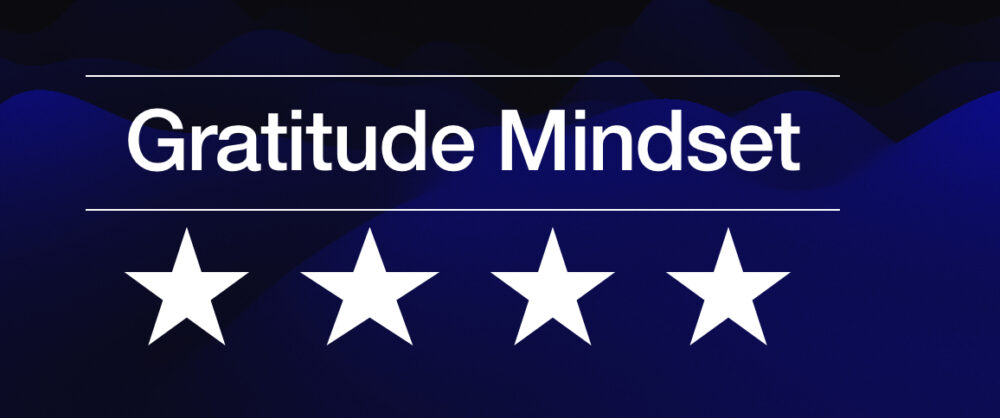Resilience is the ability to withstand mental, emotional or physical difficulties, and with practice, patience and persistence, resilience can be learned and cultivated.
Resilience is the ability to effectively face challenges, change and complexity— the three C’s—in a way that ultimately enhances and strengthens you, not diminishes you.
“You grow and change through resilience, just like a muscle that’s torn apart—it’s through the repair that the muscle becomes a stronger version of itself,” says Toronto-based Kevin Rempel, founder of The Hero Mindset. .
Michael Ungar, Ph.D., a family therapist and resilience researcher at Dalhousie University in Halifax, Nova Scotia, compares resilience to a roller coaster. He believes that unless we change the patterns of behavior putting us at risk of adversity, we’ll always end up back where we started—unable to handle a crisis. “People talk about resilience as an inner quality or a stable trait, and that’s not the way the science is going,” says Ungar, the founder and director of Dalhousie’s Resilience Research Centre (resilienceresearch.org).
Ungar holds the Canada Research Chair in Child, Family and Community Resilience and is the author of several books, including Change Your World: The Science of Resilience and the True Path to Success (Sutherland House Books, 2019; not available at Costco). “If we say you’re ‘bouncing back,’ the idea is that somehow, you’re returning to normal. But nobody ever goes back to the same normal; you’re changed by your experience,” says Ungar. “What we now understand is you are more or less resilient depending on the circumstances and resources you have around you.”
Sometimes, rushing to recover after experiencing stressful situations can make things worse, notes Taryn Marie Stejskal, Ph.D., founder of the Resilience Leadership Institute (resilience-leadership.com) in Philadelphia and author of The 5 Practices of Highly Resilient People: Why Some Flourish When Others Fold (Hachette Go, 2023)
“We live in a culture where there’s such pressure on everyone to be OK that we’re at a funeral or have surgery on Friday, and we think it’s a big win to be in the office on Monday,” says Stejskal. “But we don’t bounce back; we bounce forward. Resilience is the ability to effectively face challenge, change and complexity—what I call the three C’s—in a way that ultimately enhances us, not diminishes us.”
Stejskal’s book outlines a road map to resilience that includes five practices: vulnerability—the foundation of authenticity and empathy; productive perseverance—knowing when to pivot; connection to ourselves and to others; gratiosity—a term she coined that blends gratitude and generosity; and possibility—how we navigate and manage risk. “When we face challenges or feel deeply alone, afraid, confused and unbalanced, these five practices show us what we’re going to do next,” explains Stejskal. “Just like a muscle or our cardiovascular capability, resilience is something we can increase through training over time.,” she says. It’s a marathon, not a sprint
Costco member Dr. Amit Sood describes resilience as the core strength we use to lift the load of life, leveraging the brain’s ability to change itself with experience. He says what makes one person more resilient than another depends on three factors: genetic makeup—the type of brain we inherit; adverse early childhood experiences; and life circumstances. “If someone’s struggling, it’s not because they’re choosing it. Just as you don’t blame yourself for high cholesterol genes, don’t blame yourself for stress-related genes,” explains Sood, formerly a professor of medicine at Mayo Clinic and now CEO of the Resilient Option (resilientoption.com), a program to improve resilience.
Small improvements, big impact
According to a 2021 study in Frontiers of Psychology, if you improve your resilience by just 5%, you lower the risk of a mental health diagnosis by 10% to 15%. After all, resilience can be learned and enhanced over time, according to a 2022 study conducted at the Princeton Neuroscience Institute. “Resilience takes a lot of effort, but the beauty is that if you’re able to move resilience even by a little bit, you can have significant impact,” reports Sood.
Research shows that resilient people are much less prone to chronic stress because they’re using skills and strategies,” says clinical psychologist Jo Burrell, CEO and co-founder of Ultimate Resilience (ultimateresilience.co.uk), which provides well-being and resilience training to promote healthy working environments in Nottingham, England, who teaches employees how to regulate threat emotions. “Resilient people are good at recognizing when they’re experiencing anxiety, anger, irritability, impatience and frustration. They put strategies in place to help calm the sympathetic nervous system arousal that happens when we’re stressed.
Source: Wendy Helfenbaum, Moving Forward, Costco Connection, January 2024, pp. 29-31.
Like this:
Like Loading...

